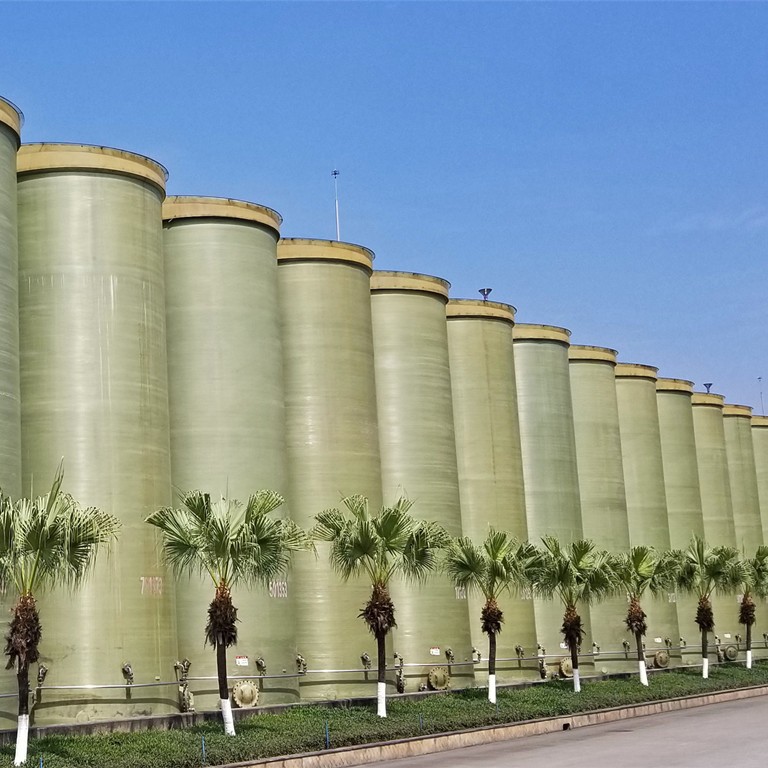
-
 Afrikaans
Afrikaans -
 Albanian
Albanian -
 Amharic
Amharic -
 Arabic
Arabic -
 Armenian
Armenian -
 Azerbaijani
Azerbaijani -
 Basque
Basque -
 Belarusian
Belarusian -
 Bengali
Bengali -
 Bosnian
Bosnian -
 Bulgarian
Bulgarian -
 Catalan
Catalan -
 Cebuano
Cebuano -
 China
China -
 China (Taiwan)
China (Taiwan) -
 Corsican
Corsican -
 Croatian
Croatian -
 Czech
Czech -
 Danish
Danish -
 Dutch
Dutch -
 English
English -
 Esperanto
Esperanto -
 Estonian
Estonian -
 Finnish
Finnish -
 French
French -
 Frisian
Frisian -
 Galician
Galician -
 Georgian
Georgian -
 German
German -
 Greek
Greek -
 Gujarati
Gujarati -
 Haitian Creole
Haitian Creole -
 hausa
hausa -
 hawaiian
hawaiian -
 Hebrew
Hebrew -
 Hindi
Hindi -
 Miao
Miao -
 Hungarian
Hungarian -
 Icelandic
Icelandic -
 igbo
igbo -
 Indonesian
Indonesian -
 irish
irish -
 Italian
Italian -
 Japanese
Japanese -
 Javanese
Javanese -
 Kannada
Kannada -
 kazakh
kazakh -
 Khmer
Khmer -
 Rwandese
Rwandese -
 Korean
Korean -
 Kurdish
Kurdish -
 Kyrgyz
Kyrgyz -
 Lao
Lao -
 Latin
Latin -
 Latvian
Latvian -
 Lithuanian
Lithuanian -
 Luxembourgish
Luxembourgish -
 Macedonian
Macedonian -
 Malgashi
Malgashi -
 Malay
Malay -
 Malayalam
Malayalam -
 Maltese
Maltese -
 Maori
Maori -
 Marathi
Marathi -
 Mongolian
Mongolian -
 Myanmar
Myanmar -
 Nepali
Nepali -
 Norwegian
Norwegian -
 Norwegian
Norwegian -
 Occitan
Occitan -
 Pashto
Pashto -
 Persian
Persian -
 Polish
Polish -
 Portuguese
Portuguese -
 Punjabi
Punjabi -
 Romanian
Romanian -
 Russian
Russian -
 Samoan
Samoan -
 Scottish Gaelic
Scottish Gaelic -
 Serbian
Serbian -
 Sesotho
Sesotho -
 Shona
Shona -
 Sindhi
Sindhi -
 Sinhala
Sinhala -
 Slovak
Slovak -
 Slovenian
Slovenian -
 Somali
Somali -
 Spanish
Spanish -
 Sundanese
Sundanese -
 Swahili
Swahili -
 Swedish
Swedish -
 Tagalog
Tagalog -
 Tajik
Tajik -
 Tamil
Tamil -
 Tatar
Tatar -
 Telugu
Telugu -
 Thai
Thai -
 Turkish
Turkish -
 Turkmen
Turkmen -
 Ukrainian
Ukrainian -
 Urdu
Urdu -
 Uighur
Uighur -
 Uzbek
Uzbek -
 Vietnamese
Vietnamese -
 Welsh
Welsh -
 Bantu
Bantu -
 Yiddish
Yiddish -
 Yoruba
Yoruba -
 Zulu
Zulu
Durable FRP Boat Hull Design for Enhanced Performance and Longevity
The Evolution and Advantages of FRP Boat Bodies
Fiber Reinforced Polymer (FRP) technology has revolutionized the boating industry by providing a lightweight, durable, and corrosion-resistant alternative to traditional boat materials like wood, aluminum, and steel. The use of FRP in boat construction has grown significantly over the last few decades, driven by advancements in material science and manufacturing processes. This article explores the features, benefits, and implications of FRP boat bodies.
What is FRP?
FRP is a composite material made of a polymer matrix reinforced with fibers, typically glass or carbon. The combination of these materials produces a robust structure that exhibits excellent mechanical properties. The lightweight nature of FRP makes it ideal for applications where weight savings can lead to improved performance, including speed and fuel efficiency in boating.
Benefits of FRP Boat Bodies
1. Lightweight Construction One of the most significant advantages of FRP boat bodies is their lightweight nature. Compared to traditional materials, FRP offers substantial weight reductions without compromising structural integrity. This reduction in weight results in improved speed and fuel efficiency, making FRP boats more appealing to recreational users and professional fishermen alike.
2. Corrosion Resistance Boats are frequently exposed to harsh marine environments, including saltwater, which can lead to corrosion and degradation of traditional materials. FRP is inherently resistant to corrosion, making it an ideal choice for boat construction. Its longevity in harsh conditions reduces maintenance costs and extends the lifespan of the vessel.
3. Design Flexibility FRP allows for greater design flexibility compared to traditional materials. Manufacturers can create complex shapes and hybrid structures that were previously challenging to achieve. This capability enables the development of aesthetically pleasing designs, tailored to consumer preferences and functional requirements.
frp boat body

4. Low Maintenance Boats made from FRP require significantly less maintenance than those constructed from wood or metal. Unlike wood, which may rot or warp, or aluminum and steel that can corrode, FRP bodies retain their structural integrity without the need for frequent repairs or treatments, allowing owners to enjoy their boats without the constant worry of upkeep.
5. Thermal Insulation FRP materials have excellent thermal insulation properties. The ability to maintain temperature is beneficial for certain types of boating activities, such as fishing, where maintaining the quality of catch can be crucial. Additionally, this ability can also enhance comfort aboard leisure vessels.
Environmental Considerations
While FRP brings numerous benefits to boat construction, it is essential to consider the environmental impact of its production and disposal. The manufacture of the resins used in FRP can lead to the release of volatile organic compounds (VOCs). Innovations in bio-based resins and recycling processes are emerging to address these concerns, aiming to make FRP a more sustainable choice.
The Future of FRP in Boating
The future of FRP boat bodies looks promising, driven by ongoing research and development in composite materials technology. Manufacturers are investing in new processes like vacuum infusion and digital printing, which enhance the efficiency and sustainability of boat production. Additionally, as the demand for custom and specialized boats continues to rise, the versatility of FRP remains a significant advantage.
Conclusion
The evolution of FRP technology has opened new horizons for boat manufacturing, providing advantages such as lightweight construction, corrosion resistance, and design flexibility. As the boating industry continues to evolve, FRP boat bodies will likely play an increasingly crucial role, offering recreational and commercial users alike an optimal blend of performance, durability, and aesthetics. Both manufacturers and boaters are embracing these innovations, recognizing that FRP may well be the future of boating. The journey towards sustainable, high-performance vessels is just beginning, and FRP is poised to lead the way.









